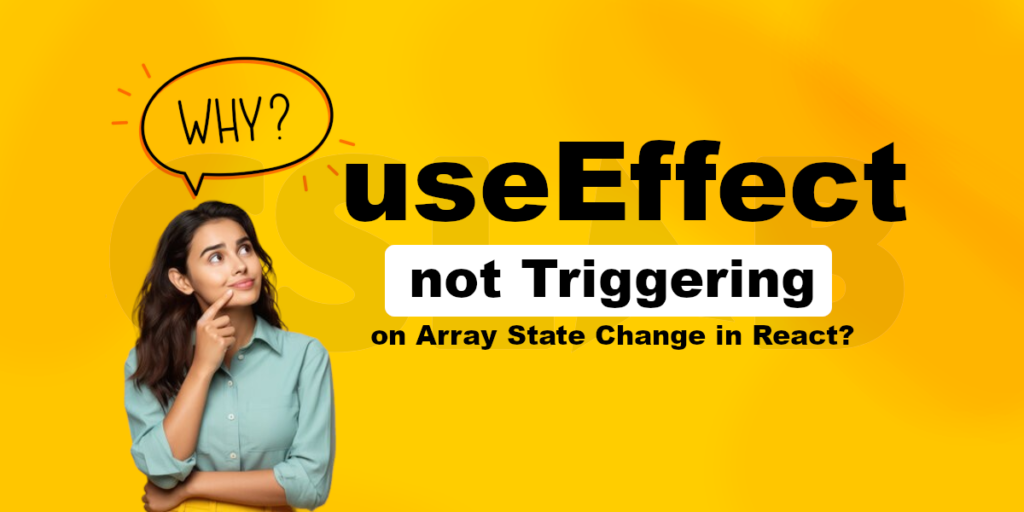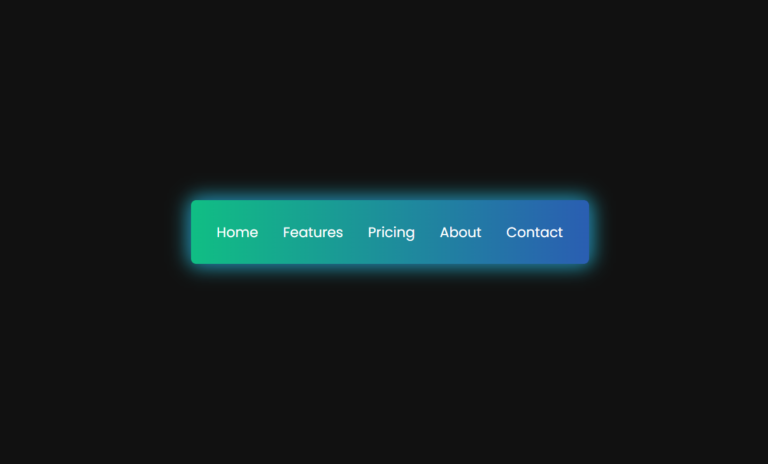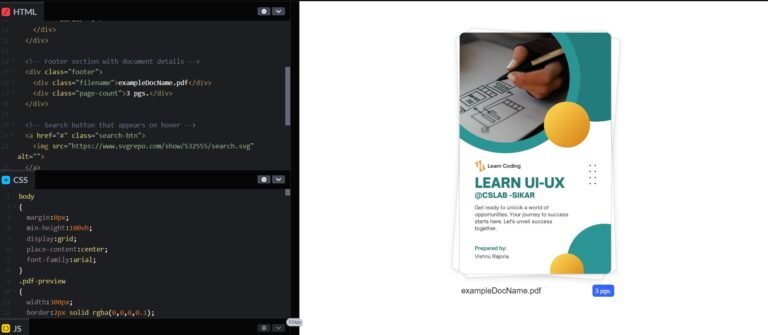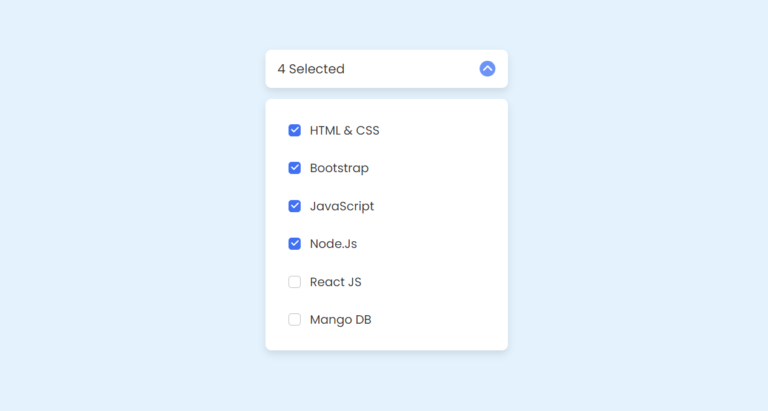
React’s useEffect hook is a powerful tool for managing side effects in functional components, allowing you to perform actions like fetching data, subscribing to events, or manipulating the DOM. However, one common issue that developers may encounter is that useEffect doesn’t seem to be triggering when an array state changes.
The reason behind this behavior lies in how React handles array updates and its use of shallow equality checks. Let’s dive into the details:
Shallow Equality Checks
When you update a state variable in React, it performs a shallow equality check to determine if the new state is different from the previous one. For primitive values like numbers and strings, this check is straightforward. However, for complex data structures like arrays and objects, React compares their references.
If you update an array state by creating a new array reference (e.g., setMyArray([...myArray, newItem])), the useEffect hook will be triggered because the new array reference is different from the previous one.
However, if you modify the array state directly (e.g., myArray.push(newItem) or myArray[index] = newValue), React won’t be able to detect the change, and the useEffect hook won’t be triggered. This is because the array reference remains the same, even though the array contents have been updated.
Best Practices for Updating Array State
To ensure that useEffect is triggered correctly when the array state changes, follow these best practices:
- Use the Spread Operator: When updating the array state, use the spread operator to create a new array reference:
const [myArray, setMyArray] = useState([]);
const handleAddItem = (newItem) => {
setMyArray([...myArray, newItem]);
};2. Use Functional Updates: If the new state depends on the previous state, use the functional update form of the state setter function:
const [myArray, setMyArray] = useState([]);
const handleAddItem = (newItem) => {
setMyArray((prevArray) => [...prevArray, newItem]);
};3. Include the Array State in the Dependency Array: If you want the useEffect hook to run when the array state changes, include the array state in the dependency array:
const [myArray, setMyArray] = useState([]);
useEffect(() => {
// Side effect logic here
}, [myArray]);By following these practices, you can ensure that the useEffect hook is triggered correctly when the array state changes in your React component, allowing you to handle side effects related to the updated array state as expected.
In conclusion, while useEffect not triggering on array state changes can be frustrating, understanding the underlying mechanics of React’s shallow equality checks and following best practices for updating array state can help you avoid this issue and keep your side effects in sync with your component’s state.
Happy Coding!!!







